While researching the different generations of Speech Synthesizers used by Renault i took pictures of the internals of every generation.
I called this version used in the Safrane "TYPE 2" and did some basic research on the used components.
As it turned out it may be possible to read the voice ROM. And a "maybe" is quite a good starting point...
 BaumInventions
BaumInventions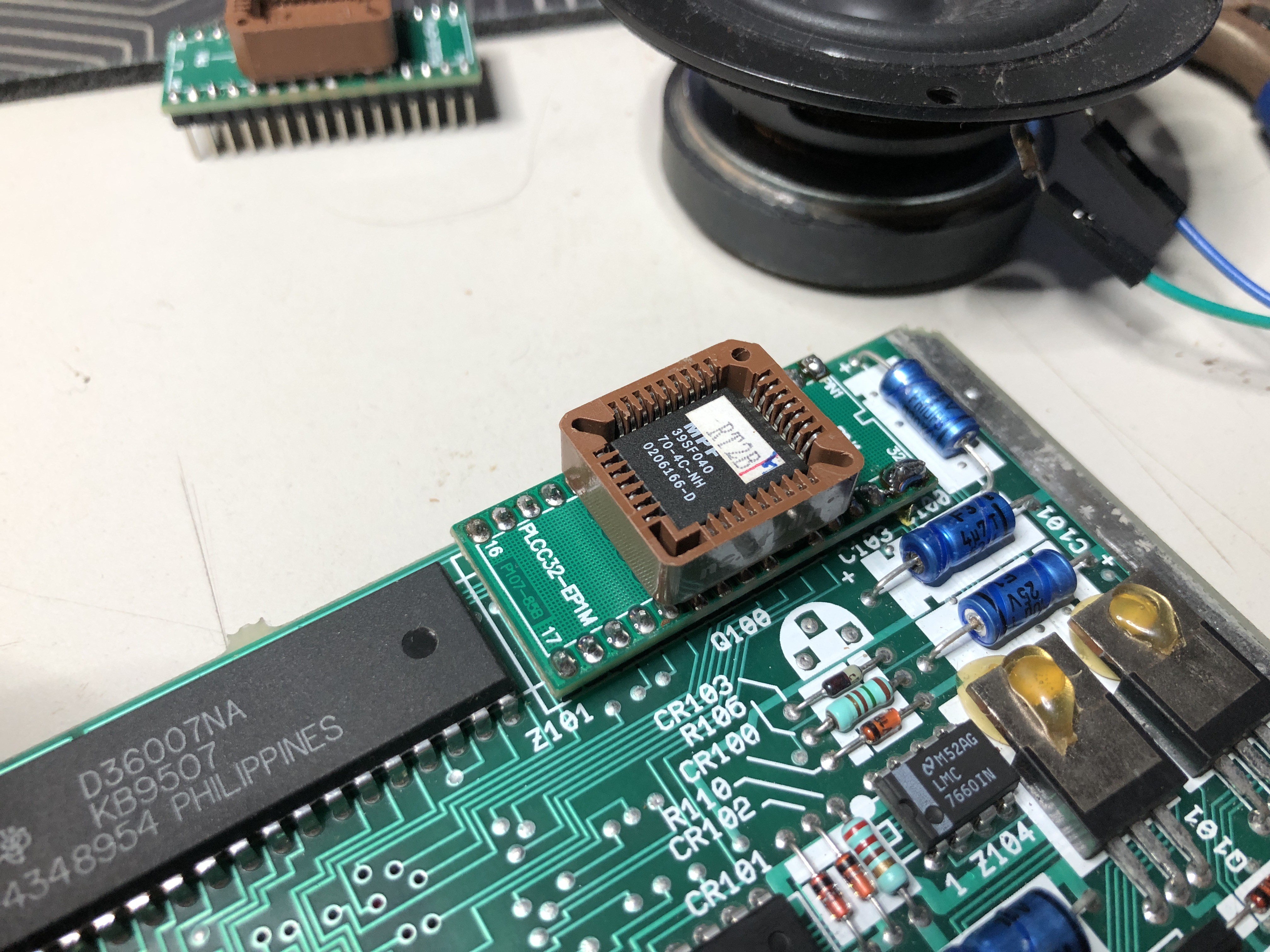
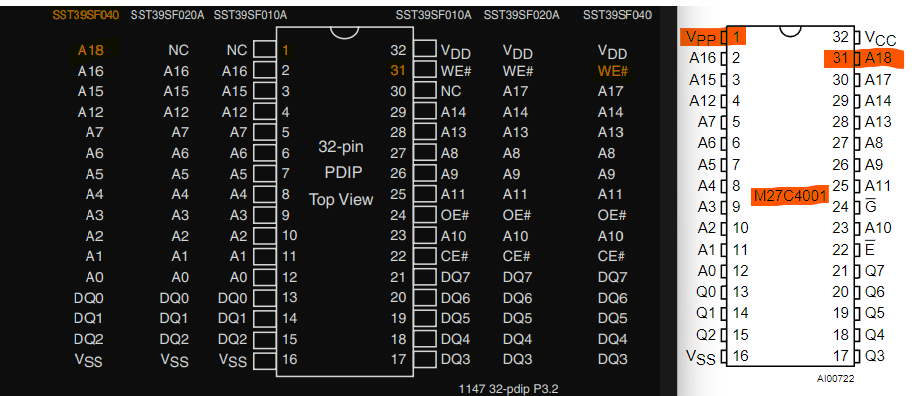

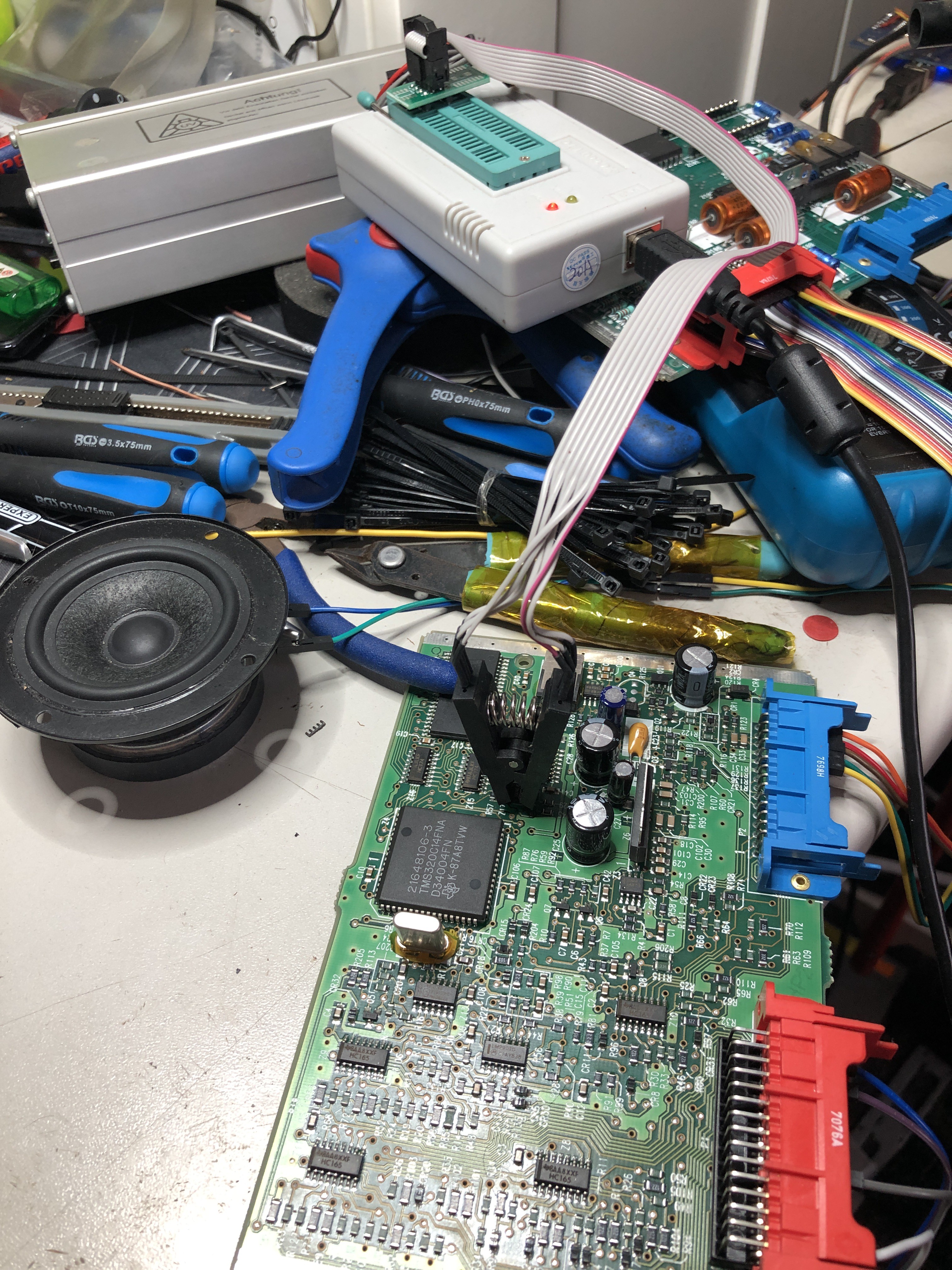







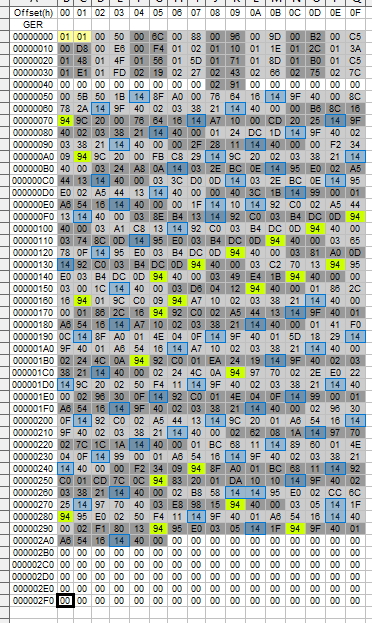
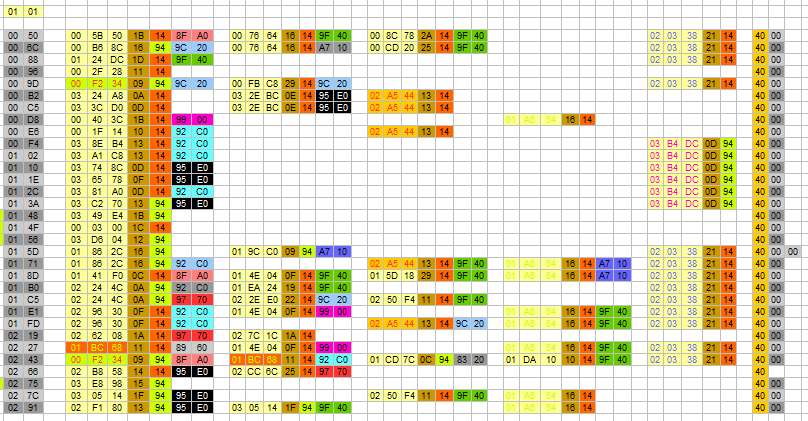
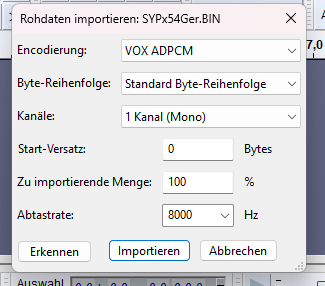


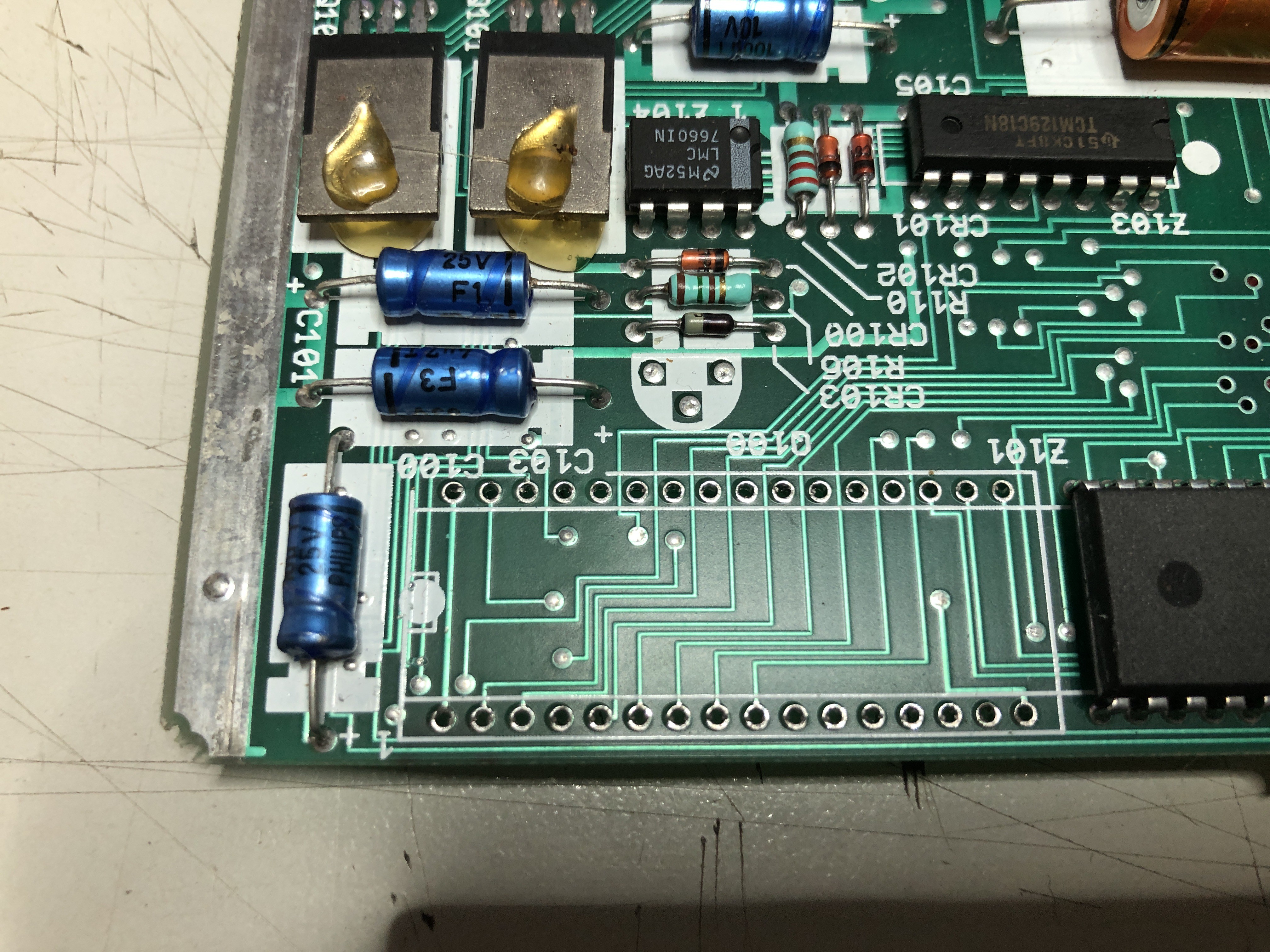

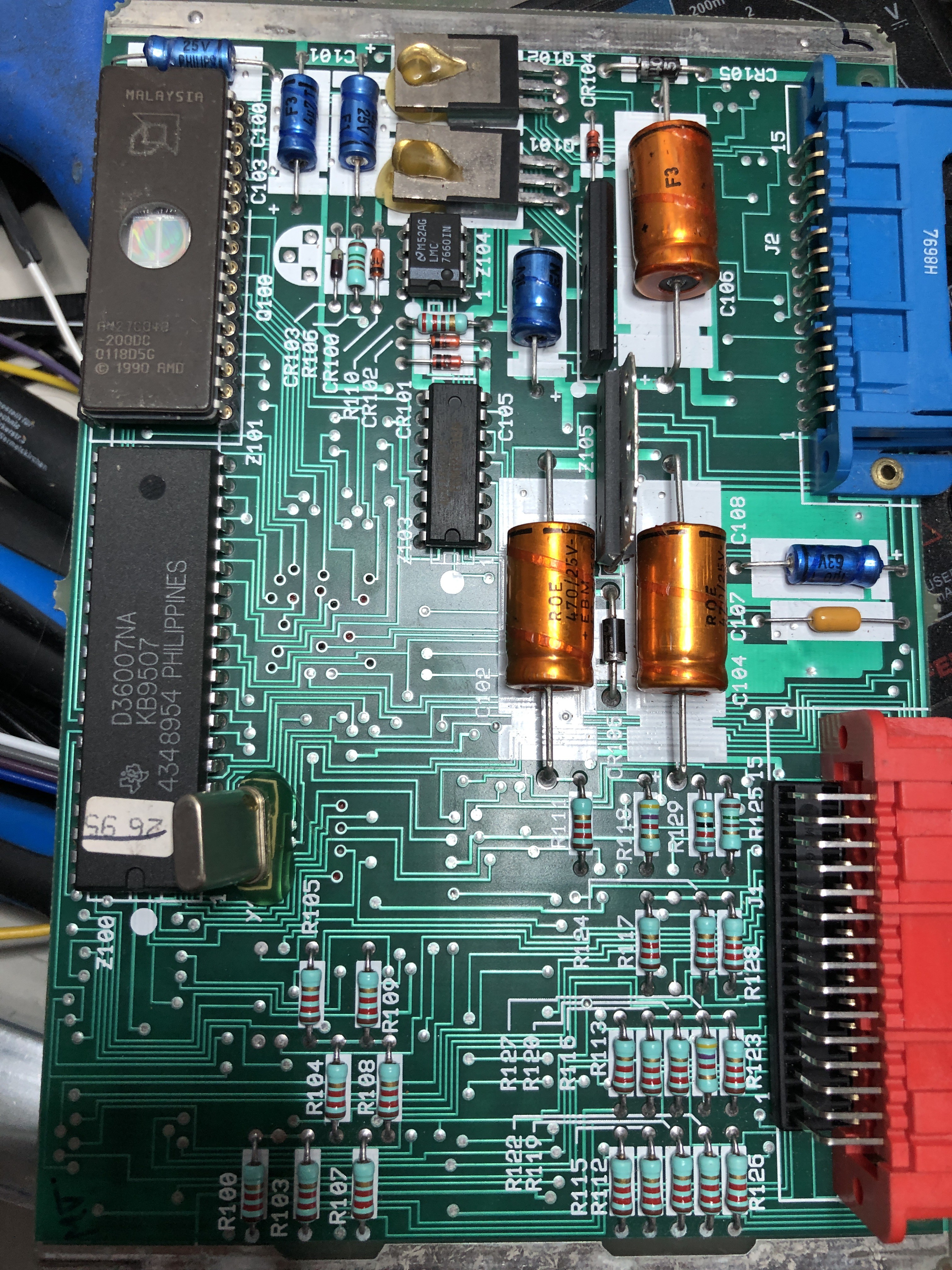
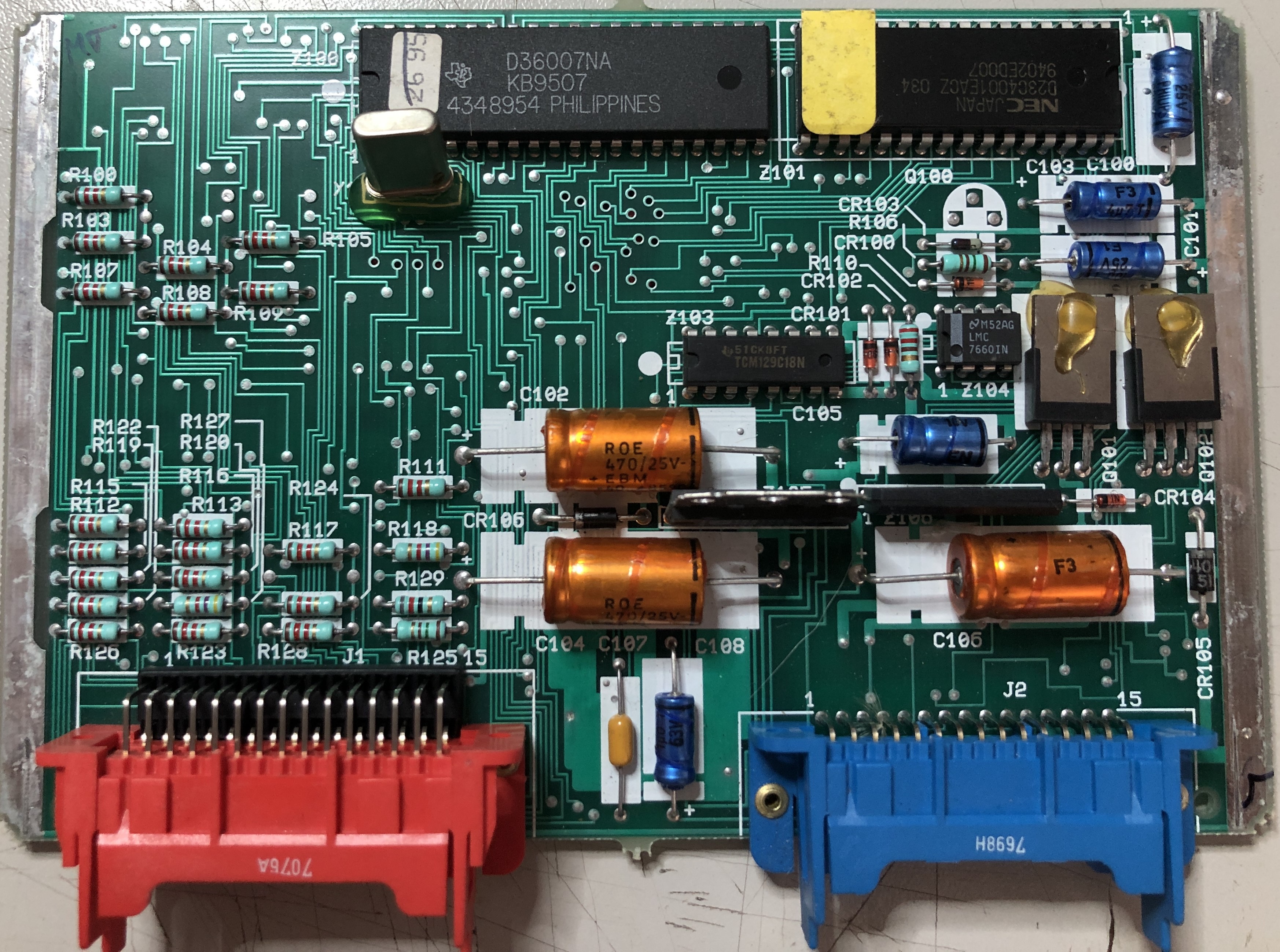




 Alan
Alan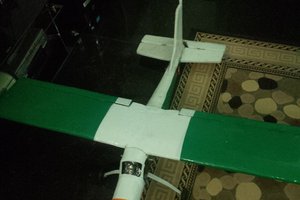
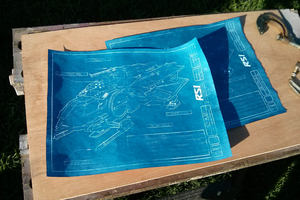
 Tyler Anderson
Tyler Anderson